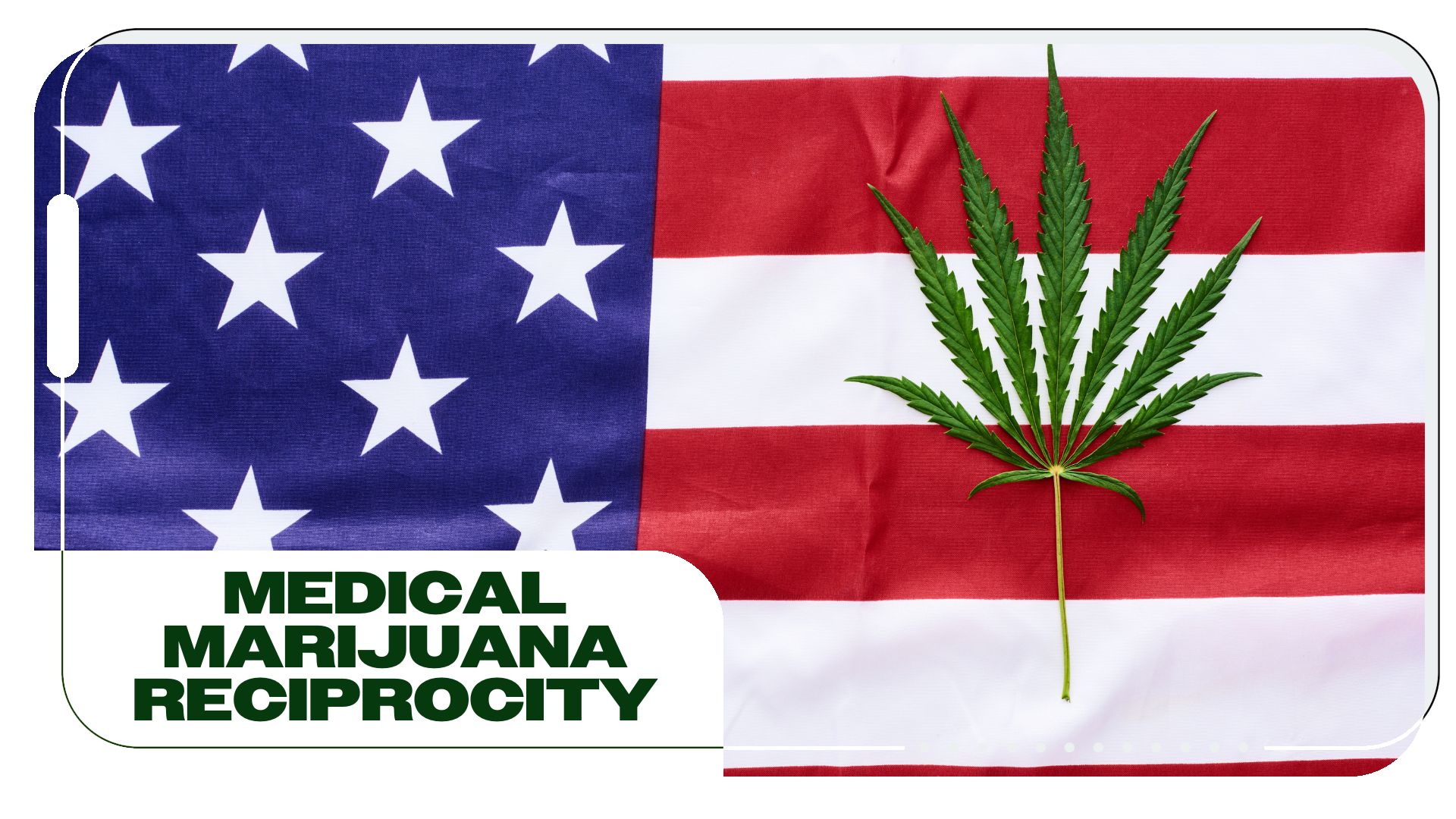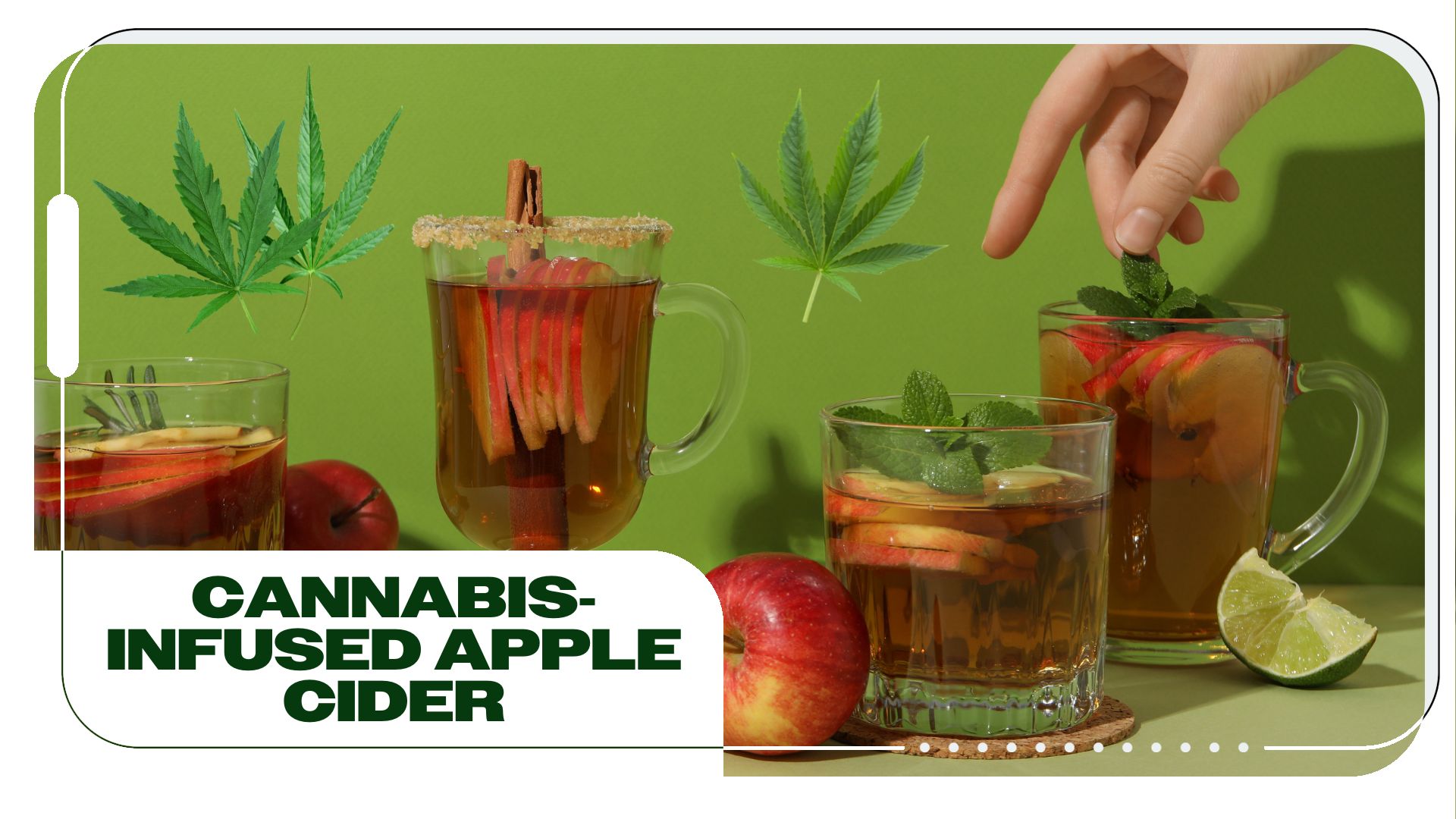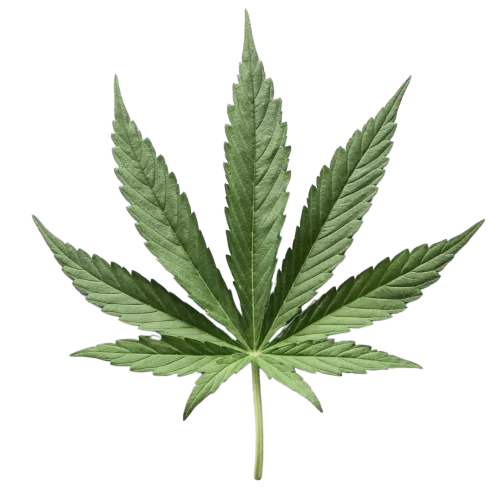Sinsemilla or “sensimilla” refers to cannabis grown without seeds. And since the 1960s and ‘70s, it’s been revitalizing the cannabis industry. Over the past 60 years, cultivators have been hopping on the seedless breeding trend to produce thicker, denser buds.
What Is Sinsemilla?
Sinsemilla is a type of cannabis that is left unfertilized in order to produce only the flowers, otherwise known as the buds. The term comes from the Spanish word for “seedless:” “sin,” meaning “without,” and “semilla,” meaning “seeds.”
While most plants have flowers with both male and female parts, cannabis plants are either male or female. Female cannabis plants produce bigger flowers, as well as seeds, after pollination from the male plants.
If a female doesn’t get exposed to a male, she will not be able to produce any seeds. Without this sex exchange, the female will just keep creating more and more resin — and seedless buds. Thus, sinsemilla cannabis is born. The result is high-quality seedless cannabis flowers that can have almost double the THC content of other cannabis plants.
>> Learn more about understanding the sex of your plant with our guide to cannabis plant anatomy.
The Benefits of Sinsemilla
Buds with cannabis seeds are often considered lower quality. And, since sinsemilla cannabis came on the scene, this assumption is pretty reasonable.
As a sinsemilla plant grows, it directs its energy away from growing seeds toward producing trichomes, terpenes, and cannabinoids like THC, CBD, and CBN. These are the very compounds and aromatic substances that give cannabis its varying effects, from psychoactive to analgesic.
Why You Should Get Your Medical Marijuana Card
Veriheal has satisfied millions of patients nationwide by giving them access to these benefits
- Larger purchase limits
- Peace of mind
- Enhanced legal protection
- Access to higher potency strains
- Save up to 25% on cannabis purchases
- Skip the line at the dispensary
As a result, sinsemilla has a reputation for being high-quality and mega-potent. As urban legend says, when its first breeders produced sinsemilla for the first time, they thought it was a different species of cannabis. The difference in quality and potency is just that extreme.
This type of cannabis also grows easier due to its energy being directed towards the buds. This quality makes them highly regarded and desired amongst all types of growers.
For high-THC seekers, this cannabis sounds like heaven: no seeds, higher quantity and quality, easy to grow. However, accessing this variety in the cannabis market is tricky. It cannot be reproduced without being fertilized. Sinsemilla cannabis goes through a very careful selection process and culling process in order to ensure quality buds.
Some Tips on How to Grow Sinsemilla
Consider these factors for an all-around higher-quality sinsemilla cannabis production.
- The seed: The seed you choose to plant is important. There are ways to tell which plants are supposedly female and which are male, but it’s not always reliable. It is, therefore, recommended that you purchase a feminized seed.
- The setup: You need to have basic gardening tools, quality fertilizer, soil, and preferably a pot. I would also recommend an organic pesticide to avoid any unwanted life feeding off the plant.
- Quantity: Unless you are experienced in growing or have a controlled growing environment, it is recommended that you limit the amount you are growing to reduce the chances of a male fertilizing the females. Male plants are sneaky and need only to be looked over one day before it’s too late.
- Germination: This is the stage in which you awaken the seed with water. This stage is vital to ensure its chances of survival in soil. This process is to keep the seed away from the air while keeping it moist. The hard shell of the seed will begin to loosen, and sprouts will spring. You can do this by putting the seed in between two paper towels.
- Planting: This stage is the same as for any other cannabis plant. Put the germinated seed into a pot and boost its growth with a high nitrogen and potassium fertilizer mix. Be careful not to smother the plant.
- Gender confirmation: Once your plant/plants have started growing, you need to monitor the plant to assert that the plant is female. This can be done by examining the stalks. Male plants generally have bushier leaves at the base. They are generally stronger and grow faster than females. If you find a male, destroy it immediately by cutting it off close to its base. Do not just pull it out or throw it away. If you pull it out, you could damage the female’s roots, and if you just throw it away, you still risk contamination.
Sinsemilla is basically a sexually frustrated plant that keeps producing more resin, resulting in higher THC content than usual, in hopes of becoming fertilized. The biggest factor between common cannabis and sinsemilla is the careful process of making sure no males are in proximity of the female to avoid its fertilization.
>> Want more cannabis growing tips? Check out our beginner’s guide to growing indoors.
Unfortunately, sinsemilla plant growing will mean that you will be more likely to have to buy feminized seeds each time you wish to plant, but that’s not a total deal-breaker. The idea of not having to pick out numerous seeds and being able to consume less for the same potency sounds like a “yes, please” to me.
This article was originally published in October 2019 and most recently updated January 18, 2024.
Author, Share & Comments








